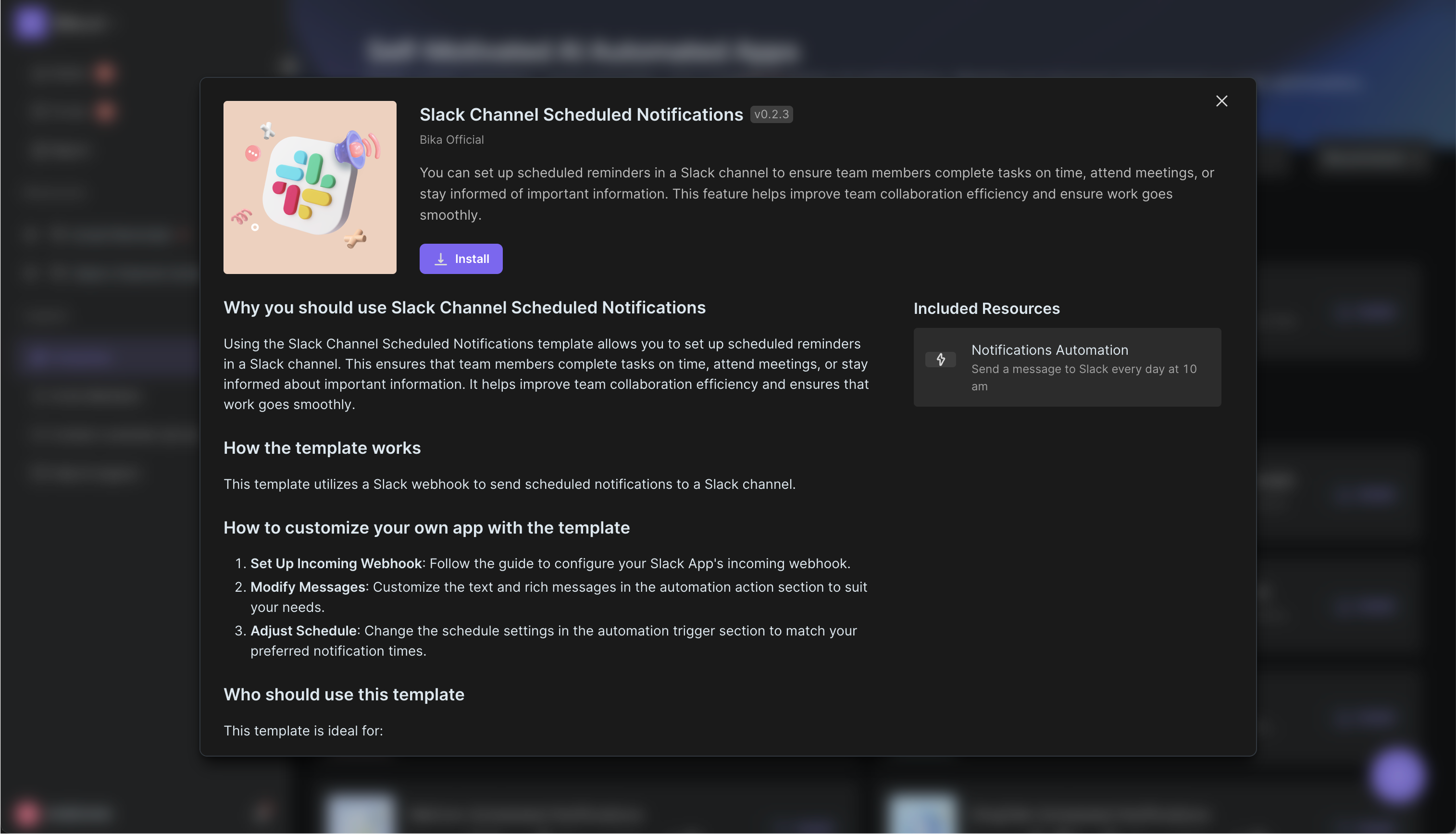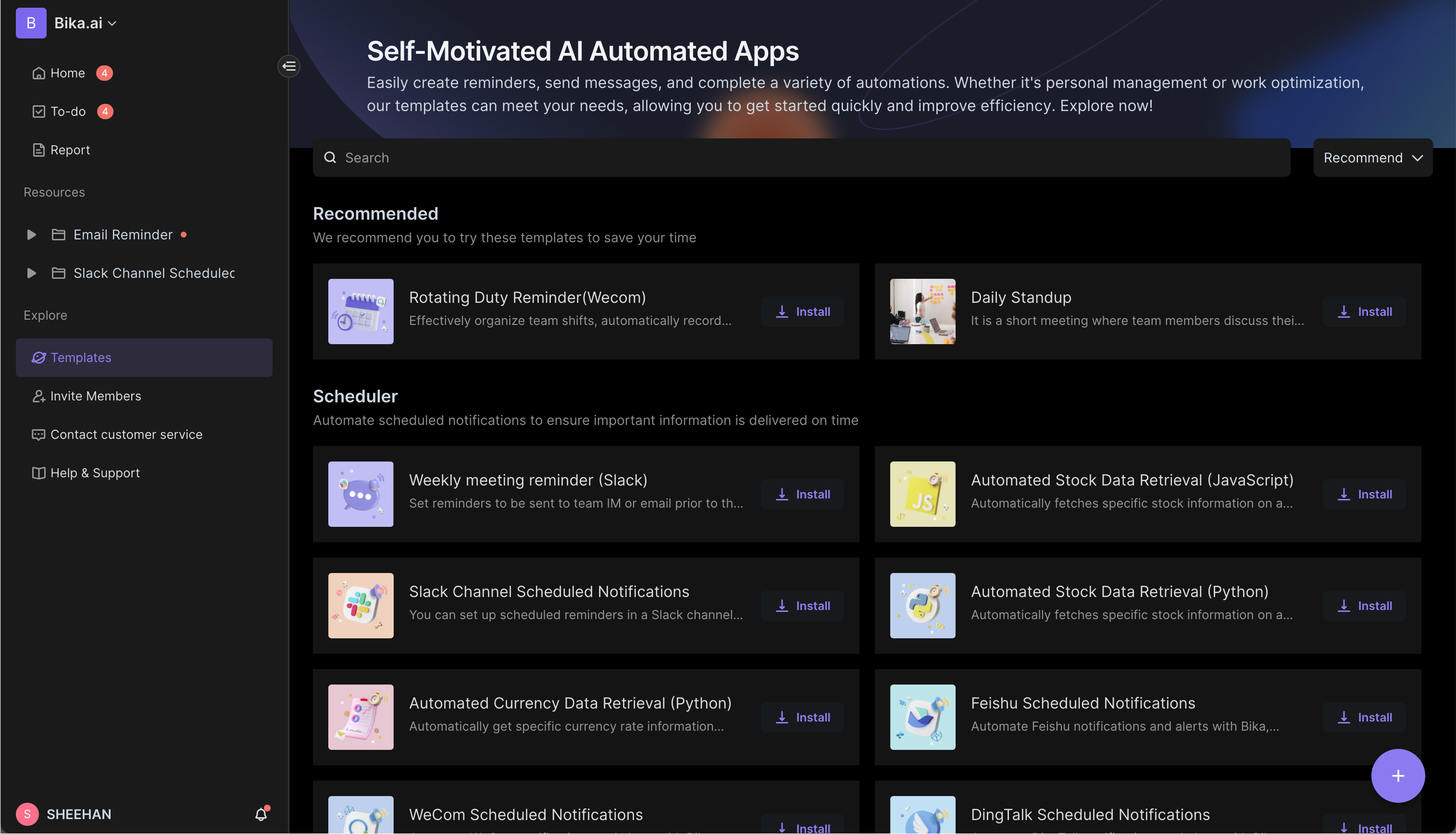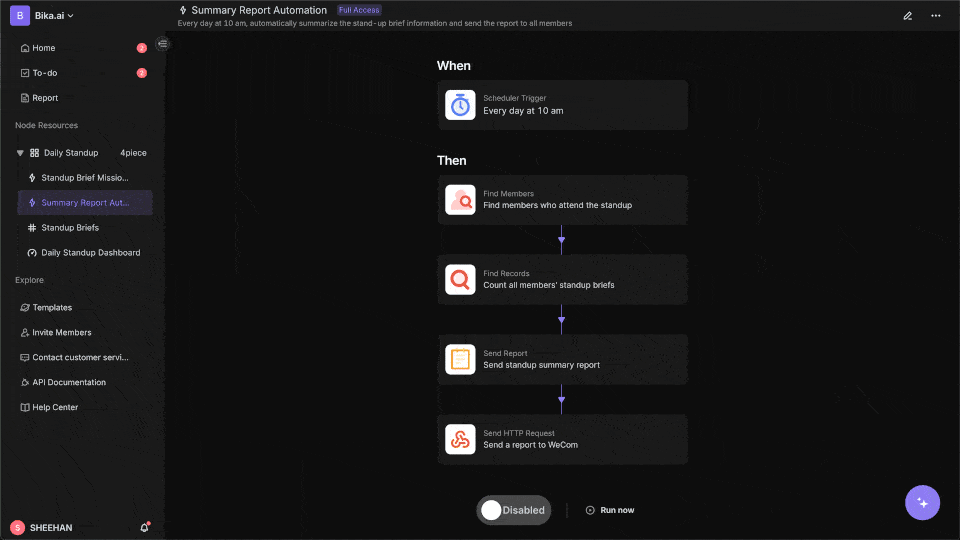
Unleashing the Power of Agent Swarm: Building Your Dream AI Team
The Dawn of Collective Intelligence: Understanding Agent Swarm
Artificial Intelligence has come a long way from its humble beginnings. Initially, single - agent AI systems dominated the landscape, handling tasks with remarkable efficiency within their defined scope. However, as the complexity of real - world problems grew, the limitations of these single - agent systems became more apparent. This is where the concept of an "agent swarm" steps in, marking a new era in the world of AI.
An agent swarm can be defined as a collection of multiple AI agents that collaborate with each other to achieve a common goal. These agents are not just individual entities working in isolation; they communicate, share information, and coordinate their actions. Think of it like a colony of ants, where each ant has a specific role, but together they can build complex structures and forage for food much more effectively than any single ant could.
The agent swarm paradigm is gaining traction for several reasons. Firstly, it offers enhanced problem - solving capabilities. By distributing tasks among multiple agents, complex problems can be broken down into smaller, more manageable parts. Secondly, it provides greater robustness. If one agent fails, the other agents in the swarm can often compensate, ensuring that the overall goal is still achieved. And thirdly, it allows for more flexibility, as agents can adapt to changing circumstances and re - allocate tasks as needed.
:::: key-takeaways ::::
- An agent swarm is a group of multiple AI agents that work together towards a common goal.
- It addresses the limitations of single - agent AI systems by enabling distributed problem - solving.
- Agent swarms offer enhanced robustness, flexibility, and problem - solving capabilities. ::::
Beyond Single Agents: How Agent Swarms Work
In an agent swarm, the interaction between agents is crucial. Agents use various communication protocols to exchange information. For example, they might use message - passing systems to share data about their current status, the tasks they've completed, or the problems they've encountered.
Task decomposition is another key aspect. The overall problem is divided into smaller sub - tasks, and each agent is assigned one or more of these sub - tasks. For instance, in a software development project, one agent could be responsible for coding a specific module, another for testing it, and yet another for integrating it with other parts of the system.
Collaboration among agents leads to emergent behavior. This is a phenomenon where the collective behavior of the swarm is greater than the sum of the individual behaviors of the agents. For example, in a traffic management system using an agent swarm, individual agents might be responsible for controlling the traffic lights at different intersections. But through their collaboration, they can optimize the overall traffic flow in the entire city, something that would be extremely difficult for a single - agent system to achieve.
When compared to traditional single - agent AI systems, agent swarms have several advantages. Single - agent systems are often monolithic, meaning that if one part of the system fails, the entire system may break down. In contrast, agent swarms are more resilient. Also, single - agent systems may struggle with highly complex problems that require multiple perspectives and skills, while agent swarms can bring together different types of agents with specialized capabilities.

The Promise and Potential Applications of Agent Swarms
Agent swarms have the potential to revolutionize a wide range of industries.
In complex scientific research, such as drug discovery, agent swarms can be used to analyze vast amounts of data from different sources. One agent could search through chemical databases for potential drug compounds, another could simulate the interaction of these compounds with biological targets, and yet another could analyze the results of these simulations. This collaborative approach can significantly speed up the drug discovery process. In climate modeling, different agents could be responsible for analyzing different aspects of the climate system, such as ocean currents, atmospheric conditions, and land - use changes, and then combine their findings to create more accurate climate models.
Automated enterprise workflows and supply chain optimization are also prime areas for agent swarm applications. Agents can be used to manage inventory levels, track shipments, and optimize delivery routes. For example, an agent could monitor the stock levels of a particular product in a warehouse, while another could communicate with suppliers to re - order when the stock is low. In the supply chain, agents could collaborate to find the most cost - effective and efficient way to transport goods from the manufacturer to the end - customer.
Financial market analysis and trading can benefit from agent swarms as well. Agents could analyze different financial data streams, such as stock prices, economic indicators, and news sentiment. By working together, they can make more informed trading decisions. Some well - known initiatives in this space, like the "OpenAI Swarm", are exploring how multi - agent systems can be applied to financial scenarios, among others.
In robotics and autonomous systems, drone swarms are a classic example of agent swarm technology. Each drone in the swarm can have a specific task, such as mapping an area, inspecting infrastructure, or delivering packages. In smart factories, agent swarms can be used to manage production lines, with agents coordinating the movement of parts, the operation of machines, and quality control.
Gaming and virtual environments can also leverage agent swarms. Non - player characters (NPCs) in a game could be represented as agents in a swarm. They could collaborate to create more realistic and dynamic in - game scenarios, such as a group of NPCs working together to defend a castle or complete a quest.
For more information on agent swarms, you can refer to these reputable sources: https://relevanceai.com/learn/agent-swarms-orchestrating-the-future-of-ai-collaboration and https://www.cio.com/article/1297843/agent-swarms-an-evolutionary-leap-in-intelligent-automation.html.

From Theory to Practice: Building Your AI Team with Bika.ai
The concept of an agent swarm, once confined to the realm of research, is now becoming a practical reality. Bika.ai is at the forefront of this movement, providing a platform that allows users to assemble their own AI teams, or agent swarms.
Bika.ai offers a user - friendly interface and a range of pre - built AI agents and functionalities. Users can combine these components to create customized agent swarms tailored to their specific tasks and workflows. Whether it's in the field of business, research, or any other domain, Bika.ai makes it easy to deploy and customize AI teams. This means that even those without extensive AI development experience can harness the power of agent swarms.

Spotlight on the Customer projects Template: An Example AI Team in Action
The Customer projects Template on Bika.ai is a prime example of an agent swarm in action.
💡 Why you should use Customer projects
This template is a game - changer for consulting companies, law firms, and sales teams. It helps calculate the hours worked that require compensation, gives a comprehensive overview of project progress, and creates a collaborative platform. This means that instead of dealing with the chaos of scattered information and uncoordinated efforts, teams can enjoy efficient project management.
👉 How the template works
The template consists of several components. The Projects Board is a dashboard that offers visual insights into project and task status. With its charts and numbers, it provides a quick overview of all projects. The Projects Database manages project details such as status, start and end dates, notes, contacts, and tasks. The Task of Projects Database focuses on task - specific information like task name, owner, start and end dates, status, estimated hours, client cost, and related files. The Contacts Database stores contact information including name, company, title, type, phone, email, website, and links to customer projects. All these components work in harmony, streamlining the project management process and keeping everything organized in one place.
🎯 How to use
Using the template is straightforward. First, access the template. Then, navigate to the Projects Board to get an overview of your projects. Next, use the Projects Database to manage project details. Track tasks in the Task of Projects Database and keep your contacts organized in the Contacts Database.
👉 Who should use this template
This template is ideal for project managers aiming to streamline their processes and monitor project progress, sales teams needing to manage customer projects, and anyone involved in project, customer, or task management.
⭐ Key Features of This Template
It offers comprehensive project management, allowing users to manage all aspects of their projects from start to finish. Task tracking helps keep tabs on individual tasks and their progress. Contact management makes it easy to store and access contact information, and visual dashboards provide a quick overview of projects and tasks with charts and numbers.
🔧 Frequently Asked Questions
- How do I add a new project?
- Navigate to the Projects Database and fill in the required details.
- Can I customize the status options for projects and tasks?
- Yes, you can modify the status options in the respective database fields.
- How do I link a task to a project?
- In the Task of Projects Database, use the 'Projects' field to link it to the appropriate project in the Projects Database.
Try the Customer projects Template
The Future is Collaborative: Empowering Users with Agent Swarms
Agent swarm technology has the potential to transform the way we approach problem - solving and automation. Platforms like Bika.ai are democratizing access to this powerful technology, allowing users from all walks of life to build their own AI teams.
By moving from individual AI tools to coordinated AI teams, users can achieve enhanced problem - solving capabilities and greater efficiency. Whether it's optimizing business processes, advancing scientific research, or improving the user experience in games, agent swarms offer a world of possibilities.
We encourage you to explore Bika.ai and start building your own AI teams. Redefine your approach to automation and unlock the full potential of collaborative AI.

FAQ
Q: What is the main advantage of an agent swarm over a single - agent AI system? A: The main advantage is enhanced robustness, flexibility, and problem - solving complexity. Agent swarms can distribute tasks, compensate for agent failures, and handle more complex problems by bringing together different specialized agents, which single - agent systems may struggle with.
Q: How can Bika.ai help in building an agent swarm? A: Bika.ai provides a user - friendly platform with pre - built AI agents and functionalities. Users can combine these components to create customized agent swarms tailored to their specific tasks and workflows, making it accessible even to those without extensive AI development experience.
Q: Who can benefit from using the Customer projects template on Bika.ai?
A: Project managers looking to streamline processes and track project progress, sales teams managing customer projects, and anyone involved in project, customer, or task management can benefit from this template.

Recommend Reading
- Beyond ChatGPT: Choosing the Right AI Tool for Expense Tracking Automation - Bika.ai Compared
- Choosing the Right AI Content Detector: A 2025 Comparison of Top Tools
- Mastering My Apps in 2025: Organize, Optimize, and Automate for Peak Productivity
- Choosing the Right AI Content Detector: A 2025 Comparison Guide
- Choosing the Right AI Content Detector in 2025: A Comprehensive Review
Recommend AI Automation Templates




